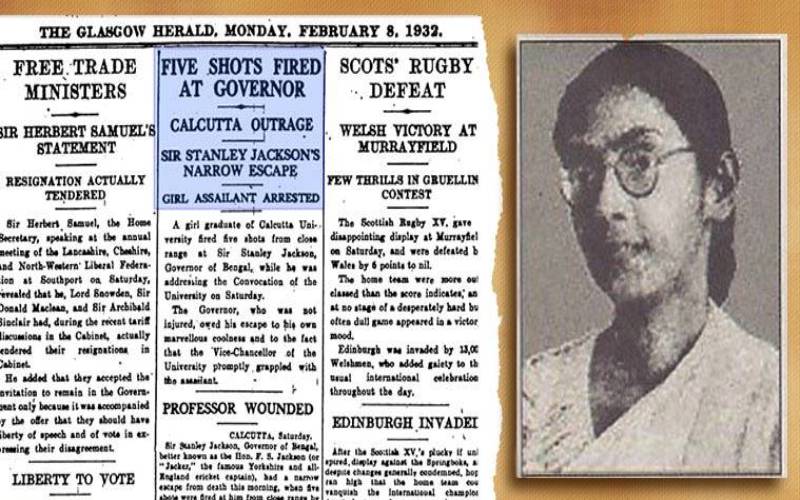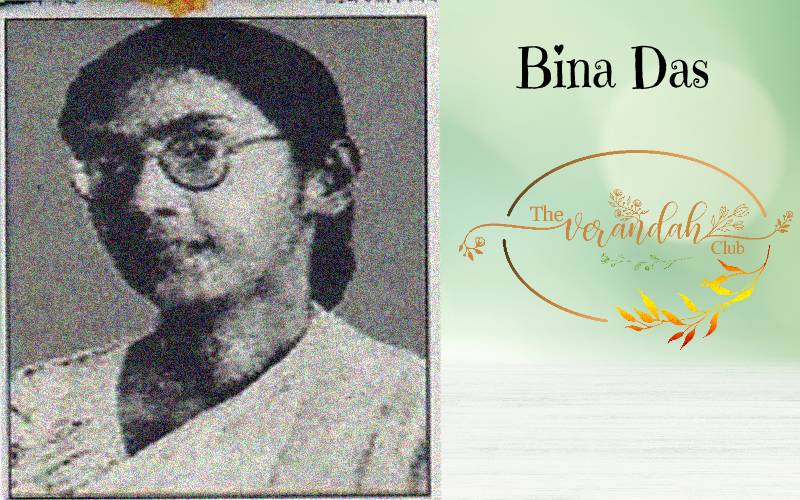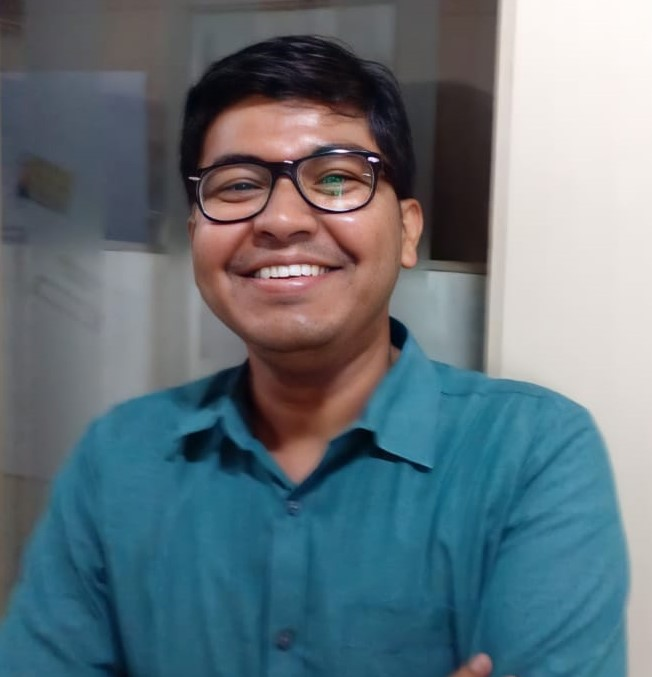A Firebrand Woman Forgotten by Her Countrymen
Calcutta, 6th February, 1932.
The Convocation Hall of Calcutta University.
A fresh batch of graduates will be honored by the Governor of Bengal Province, Sir Francis Stanley Jackson.
One of the graduates, a young girl, walks up close to the dais. She hesitates for a minute and steps back. She grits her teeth, steps up again, and takes out a revolver from inside her gown and before anyone could react, shoots twice at the Governor.
Jackson is a fine cricketer in his time, who had played 20 tests for England with distinction and even led the national team. His reflexes and the fact that this girl is untrained in firing guns came to his aid. None of the shots found their mark. In the meanwhile, Vice-Chancellor, Hassan Suhrawardy, jumps on the girl and tries to pin her down to the ground. As the two struggled, the girl manages to shoot three more rounds, one of which unfortunately hits a senior Bengali professor. By this time, the girl is overpowered and disarmed.
Thankfully, the professor survived. The girl was sentenced to nine years rigorous imprisonment for her offence. Not many remember her today. She was Bina Das – a firebrand Bengali woman who was one of the foremost Indian revolutionaries of the time. Bina Das came from a respectable and educated family. Her father Beni Madab Das, a highly admired professor at Ravenshaw College Cuttack who was among the early mentors of Subhash Chandra Bose. Bina Das was born in 1911. She studied in St. John’s Diocesan School and then Bethune College in Calcutta. She was inspired to join the nationalist movement by her elder sister Kalyani who was already a part of the armed resistance in Bengal. In the 1920s, a number of revolutionary groups were operating across Bengal. One of these was Chhatri Sangha, a women’s organization. Bina joined this group and was set on a new path which culminated in the assassination attempt on Jackson.

Bina was incarcerated in the infamous Hijli Detention Camp, where IIT-Kharagpur stands today. There she came across one familiar face, her elder sister Kalyani was also imprisoned in the same jail. The Das sisters were undeterred even in imprisonment. They led protests inside the jail organizing hunger strikes on various issues. Bina was granted an early release in 1939. Although following a path of violent protests, she was a big admirer of Mahatma Gandhi and decided to join the Indian National Congress. Bina Das played a leading role in the Quit India Movement of 1942. It earned her the wrath of the British rulers and she was again thrown to prisons for the next three years. After coming out, she became a member of the Bengal Provincial Legislative Assembly from 1946-47 and then from 1947-51, was a member of the Bengal Legislative Assembly.
Bina Das had married Jatish Chandra Bhoumik, an activist of the Jugantar* movement. In her later years, Bina Das nearly vanished from the public view. After the death of her husband, she moved to Rishikesh where she passed her final days in virtual anonymity. On 26th December, 1986, a partially decomposed body of an elderly woman was found on the streets of Rishikesh. It took the police over a month to establish that this was the tragic final fate of a brave woman who had dared to take on the might of the British Empire in her youth.
Due to her outrageous act, the Calcutta University had withheld Bina Das’ graduation certificate. In 2012, a ceremony was held in which Bina Das and Pritilata Wadedar who had courted death# while carrying out an attack on the European Club in Chittagong in 1932 were posthumously awarded their long-withheld degrees. Both belonged to the same college and batch.
Note:
* Jugantar was one of the two main secret revolutionary groups operating in Bengal for Indian independence. This association, like Anushilan Samiti started in the guise of suburban fitness club. Several Jugantar members were arrested, hanged, or deported for life to the Cellular Jail in Andaman.
# Surrounded by British police, Pritilata Waddedar had consumed a cyanide pill thus committing suicide.
References:
https://www.dnaindia.com/analysis/column-forgotten-female-freedom-fighters-2402311
Based out of Kolkata, Trinanjan is a market researcher by profession with a keen interest in Indian history. Of particular interest to him is the history of Kolkata and the Bengal region. He loves to write about his passion on his blog and also on social media handles.





